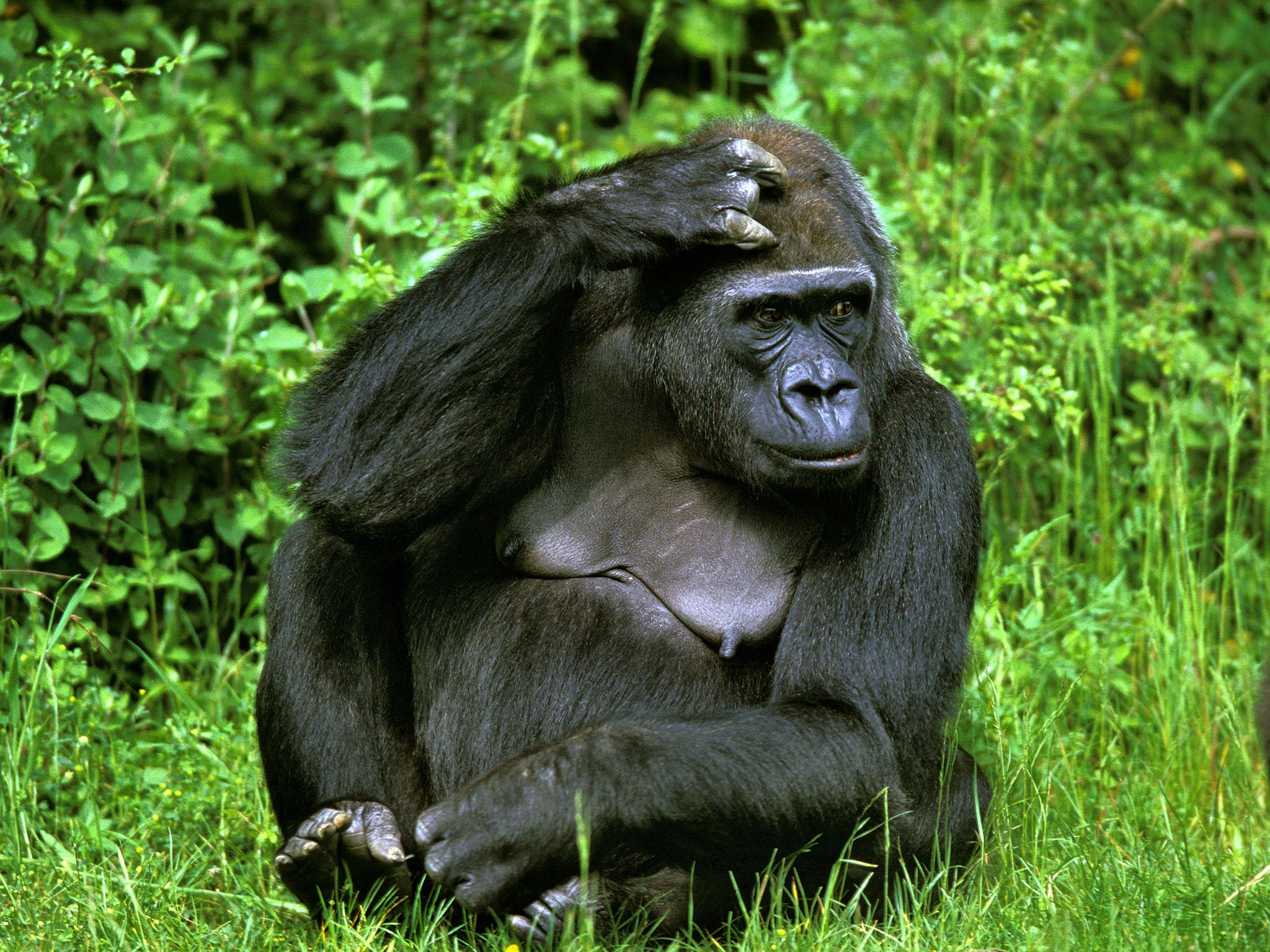More than 700 species facing extinction are being hit by climate change
Humans’ closest relatives, the primates, are among those worst affected because their tropical habitats have had a stable climate for thousands of years

Your support helps us to tell the story
From reproductive rights to climate change to Big Tech, The Independent is on the ground when the story is developing. Whether it's investigating the financials of Elon Musk's pro-Trump PAC or producing our latest documentary, 'The A Word', which shines a light on the American women fighting for reproductive rights, we know how important it is to parse out the facts from the messaging.
At such a critical moment in US history, we need reporters on the ground. Your donation allows us to keep sending journalists to speak to both sides of the story.
The Independent is trusted by Americans across the entire political spectrum. And unlike many other quality news outlets, we choose not to lock Americans out of our reporting and analysis with paywalls. We believe quality journalism should be available to everyone, paid for by those who can afford it.
Your support makes all the difference.More than 700 mammals and birds currently threatened with extinction already appear to have been adversely affected by climate change, according to a major review of scientific studies.
Primates and marsupials are believed to have the most individual species suffering as a result of global warming, according to a paper in the journal Nature Climate Change.
Only two groups of mammals, rodents and insect-eaters, are thought to have benefited. This is partly because they have fast breeding rates, tend not to be specialists suited to a particular habitat, and often live in burrows which provide insulation against changes in the weather.
The figures are much higher than previously thought, making up 47 per cent of land mammals and 23 per cent of the birds on the International Union for Conservation of Nature’s Red List of species threatened with extinction.
According to the list itself, just seven per cent of the mammals and four per cent of the birds are described as being threatened by “climate change and severe weather”.
The researchers developed a model to compare the animals’ weight and other characteristics with changes in the climate, such as the temperature.
“Using this model, we estimated that 47 per cent of terrestrial [non-flying] threatened mammals (out of 873 species) and 23.4 per cent of threatened birds (out of 1,272 species) may have already been negatively impacted by climate change in at least part of their distribution,” the article in Nature Climate Change said.
“Our results suggest that populations of large numbers of threatened species are likely to be already affected by climate change, and that conservation managers, planners and policy makers must take this into account in efforts to safeguard the future of biodiversity.”
Primates and marsupials are more at risk than other animals partly because they have lived mostly in tropical parts of the world which have had a stable climate for thousands of years.
“Many of these [animals] have evolved to live within restricted environmental tolerances and are likely to be most affected by rapid changes and extreme events,” the paper added.
“In addition, primates and elephants are characterised by very slow reproductive rates that reduce their ability to adapt to rapid changes in environmental conditions.”
One reason why climate change is causing a problem for animals is changes in the distribution of plants.
“In areas with reduced precipitation and/or temperature seasonality, it is likely that plant species may have narrower climatic tolerances, and therefore that these areas may have already experienced vegetation changes with consequential loss of habitat for animals living there,” the paper said.
“A more specialised diet was also associated with greater probability of negative responses in mammals.
“Our findings are in agreement with previous studies on the predictors of general extinction risk, in which species with narrower diet breadths were associated with lower ability to exploit resources and adapt to new environmental conditions and selective pressures.”
Birds living in the world’s cold mountain regions appear to be particularly at risk.
“Populations of species living at high altitudes and in colder places have fewer opportunities to move towards cooler areas or upslope to avoid increasing temperatures, and hence may have increased extinction risk,” the paper said.
Another problem is that higher temperatures are inducing birds to lay eggs earlier.
“For animals living in these environments the effects of temperature changes may have been exacerbated, potentially leading to disruption in synchronisation between the timing of chick-feeding and peak food availability,” the paper said.
Join our commenting forum
Join thought-provoking conversations, follow other Independent readers and see their replies
Comments